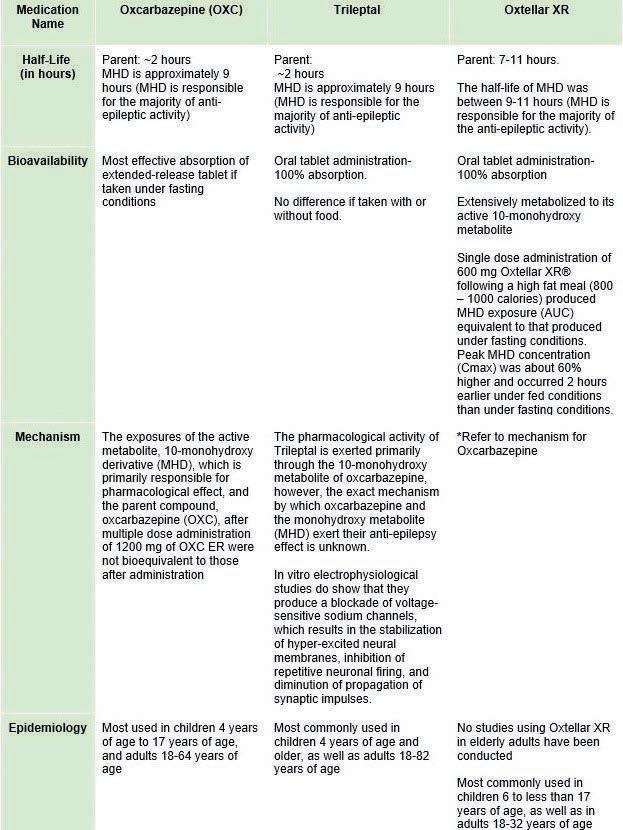Scholarly Research In Progress • Vol. 5, November 2021
Review of Selected Contemporary Treatments for Ischemic Stroke Gwendolene K. Conteh1* ¹Geisinger Commonwealth School of Medicine, Scranton, PA 18509 *Master of Biomedical Sciences Program Correspondence: gconteh@som.geisinger.edu
Abstract Stroke is considered a serious medical emergency, and it is crucial to get immediate medical treatment. Early detection can limit brain damage and complications. Ischemic stroke (IS) is caused by atherosclerosis, which is the hardening of the arteries. The accumulation of fats and cholesterol on the wall of an artery causes narrowing that eventually leads to blockage or interruption of blood flow through that artery, thus reducing blood flow to tissues and organ perfusion. A reduction or a blockage in blood flow to the brain can cause neurological problems such as stroke or ischemic stroke. This review critically analyzes the safety and effectiveness of novel treatments for ischemic stroke. The literature search was conducted via PubMed and Google Scholar. Review articles show that statin therapy helps in preventing additional strokes from occurring in patients that had small-vessel occlusion, largeartery atherosclerosis, and strokes that are caused by multiple reasons. Results showed that high dosages of simvastatin proved to be the most effective treatment in improving stroke prognosis and ineffective in preventing mortality. Mesenchymal stem cell (MSC) therapy might also help by improving the damaged tissue of IS through various mechanisms, but research still needs to be done on the neurogenesis and angiogenesis pathways. MSC was successful in clinical use, but it still needs to be conducted in a large sample size. Focusing on the effectiveness of the safety of MSC and the timing and optimal dosage are the main challenges in its clinical use and need to be conducted before taking it into clinical trials. Monoclonal antibody (mAb) therapy showed a positive benefit in increasing the neuronal repair, and regeneration in the brain of the animal models. Further research needs to be done on human stroke patients in assessing the benefit of mAb therapy.
Introduction Stroke is defined as a sudden loss of brain function that occurs due to the interruption of blood flow to the brain. This causes the brain cells in the affected area to die (1). Stroke is the third leading cause of death, and it is also the leading cause of disability in the United States. Each year, 15 million people suffer from stroke worldwide (2). There are three types of strokes, which include: hemorrhagic (ICH), transient ischemic attack (TIA), and ischemic stroke (IS). ICH occurs when a blood vessel is ruptured, causing bleeding inside the brain. TIA, also known as a mini stroke, causes a disruption of blood flow to the brain for a short period of time. Having an episode of TIA indicates that it is more likely someone will have a stroke in the future. IS takes place when there is a blockage in an artery that causes a blood clot. Blood flow is being stopped from traveling to different parts of the brain, and that portion of the brain will become deprived of oxygen (1).
128
Ischemic stroke is the most common type among the three and accounts for 87% of all strokes (2). While a stroke can affect people of all ages, the elderly are more susceptible. As an individual's age increases the arteries steadily begin to narrow and develop plaque (3). Also at risk are individuals who have underlying health problems such as diabetes, high blood pressure, and high cholesterol (4). Individuals who show symptoms of stroke might experience a sudden loss of strength or numbness in the arms or legs. They can also have severe and unusual headaches, dizziness, and difficulty speaking (5). Though strokes have many underlying risk factors and symptoms, strokes can be prevented and treated. Detecting and receiving treatment for IS early reduces the risk of having permanent brain damage. The sooner the signs and symptoms of a stroke are diagnosed, the more effective the potential treatment will be. This review focuses on ischemic stroke, the most common type of stroke which typically has a better chance of survival. If left untreated, IS can then lead to hemorrhagic strokes, which are the deadliest and are highly difficult to treat (6). It is important to know about stroke and the effects it can have on the individual’s life and family. Educating people on the risk factors of developing stroke can help individuals to take precautions that can save many lives and reduce the number of cases per year. Having new treatments in combination with current treatments can help treat IS faster and better. A literature review was conducted to determine which of the novel treatments — statin therapy, mesenchymal stem cell therapy, or monoclonal antibody therapy — is most effective for slowing and treating ischemic stroke.
Methods A literature review of review and primary articles were conducted using electronic databases such as Google Scholar and PubMed to retrieve studies on novel treatments for ischemic stroke published between 2018 and 2020. Terms such as “ischemic stroke,” “current treatments,” “new treatments,” “novel treatments,” “emerging treatments,” and “upcoming treatments” were used to find the articles. Articles were selected according to the following eligibility criteria: randomized control trial, clinical trial, peer-reviewed, systematic review, meta-analysis, free full text, general geographical location, English language. Only articles that addressed current and new treatments for ischemic stroke were reviewed. Articles that were published in 2017 and earlier were excluded, as were articles that did not include or address the terms ischemic stroke and treatments. The first search produced 25,800 total articles from both Google Scholar and PubMed. After excluding articles that were not relevant to the topic, 3,555 remained for full-text reviewed articles. The articles were narrowed down to












































